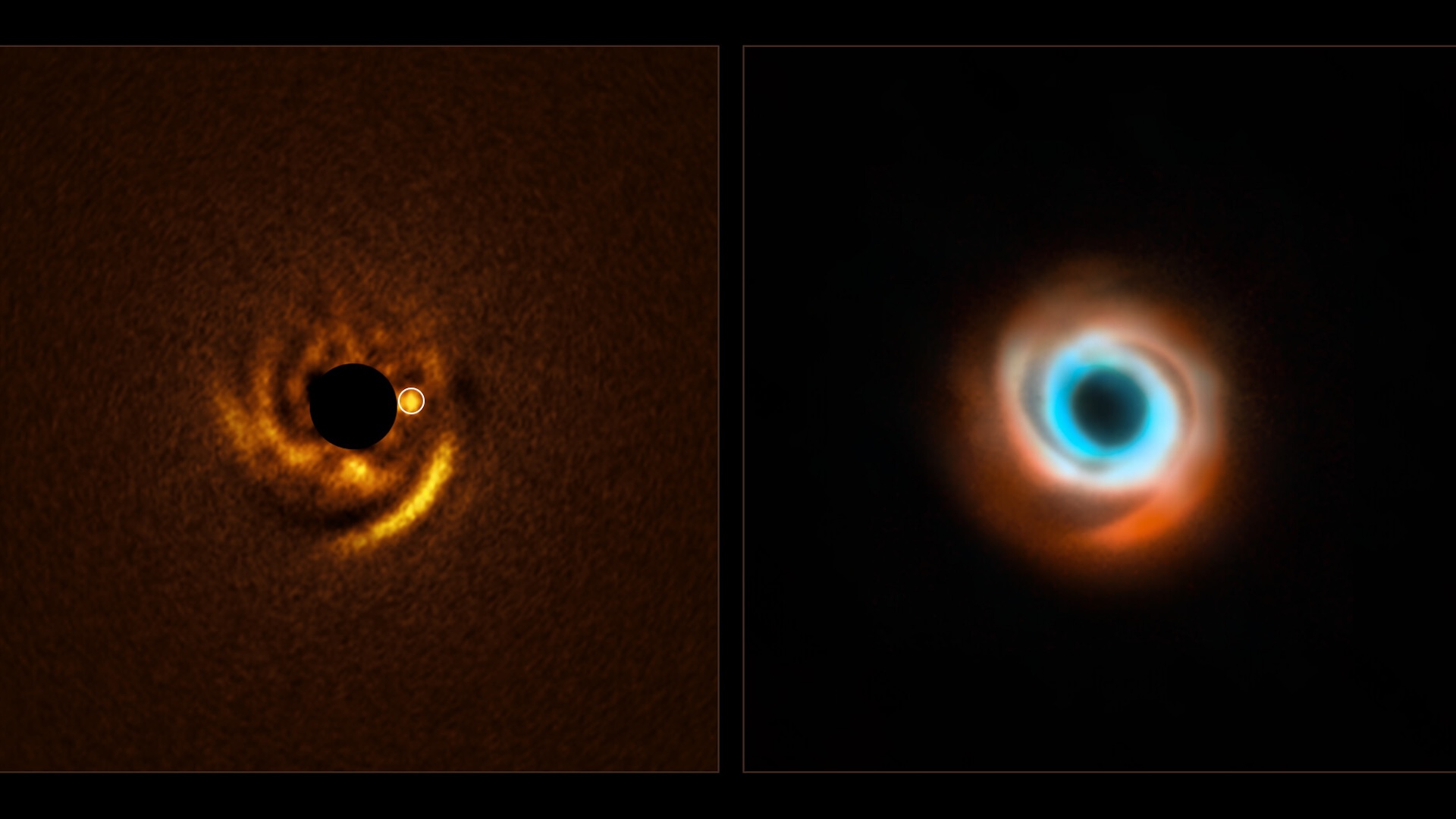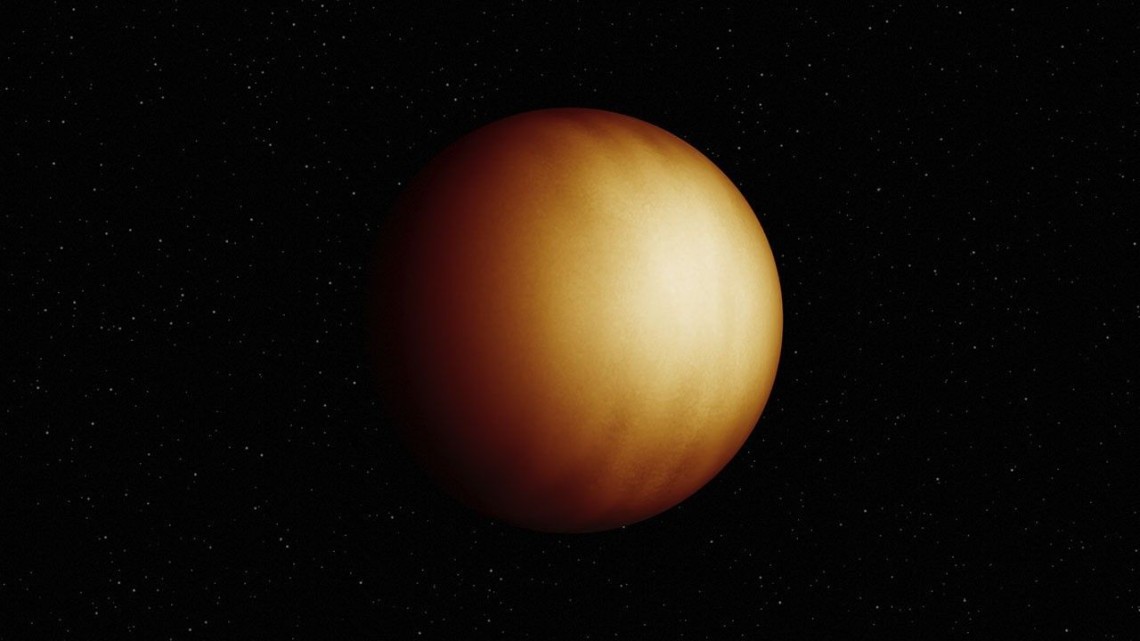stars
Latest about stars
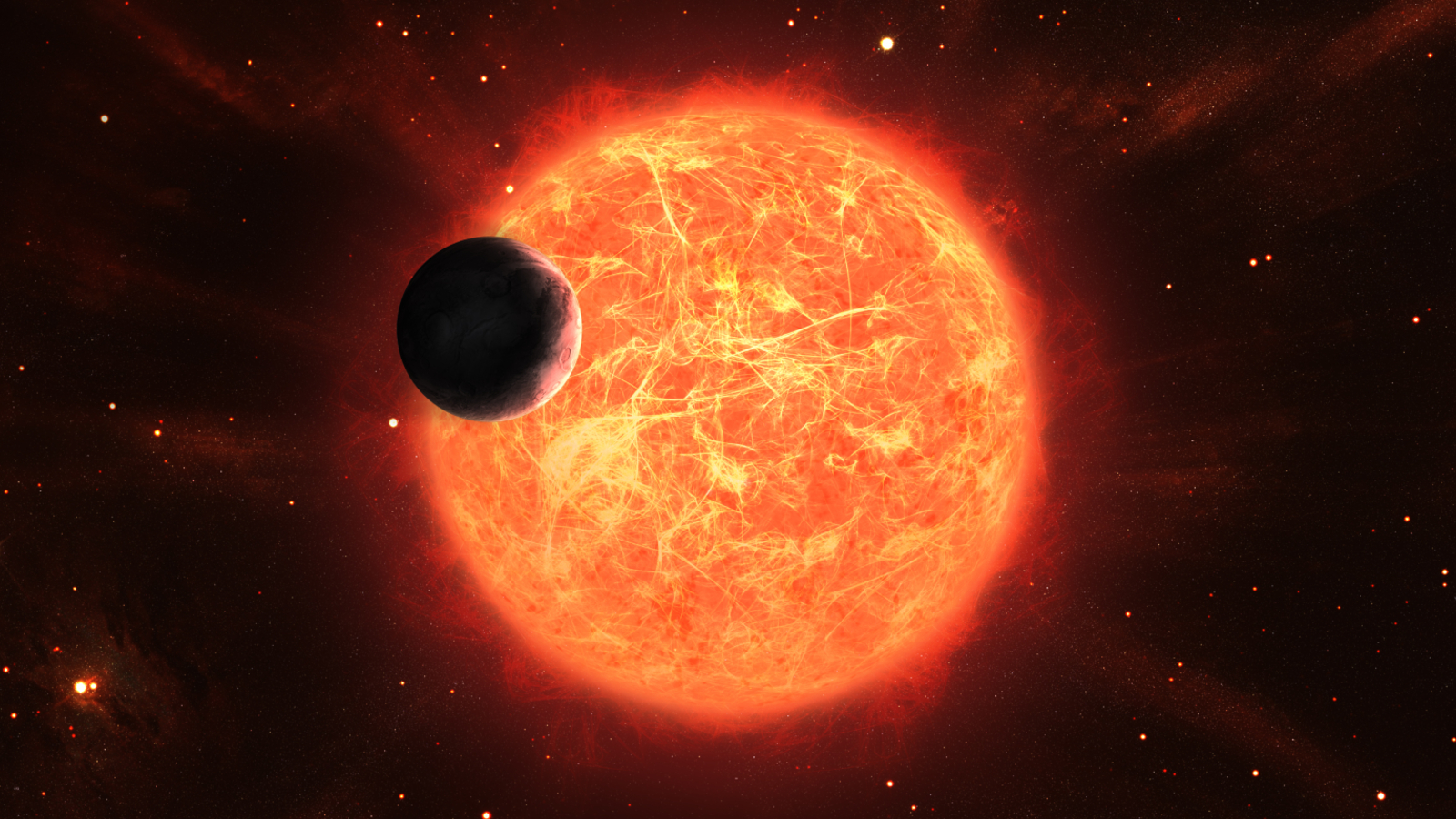
'Most pristine' star ever seen discovered at the Milky Way's edge — and could be a direct descendant of the universe's first stars
By Harry Baker published
Astronomers have discovered a surprisingly "pristine" red giant with the lowest concentration of heavy elements ever seen in a star. It is likely a direct descendant of one of the universe's first stars.
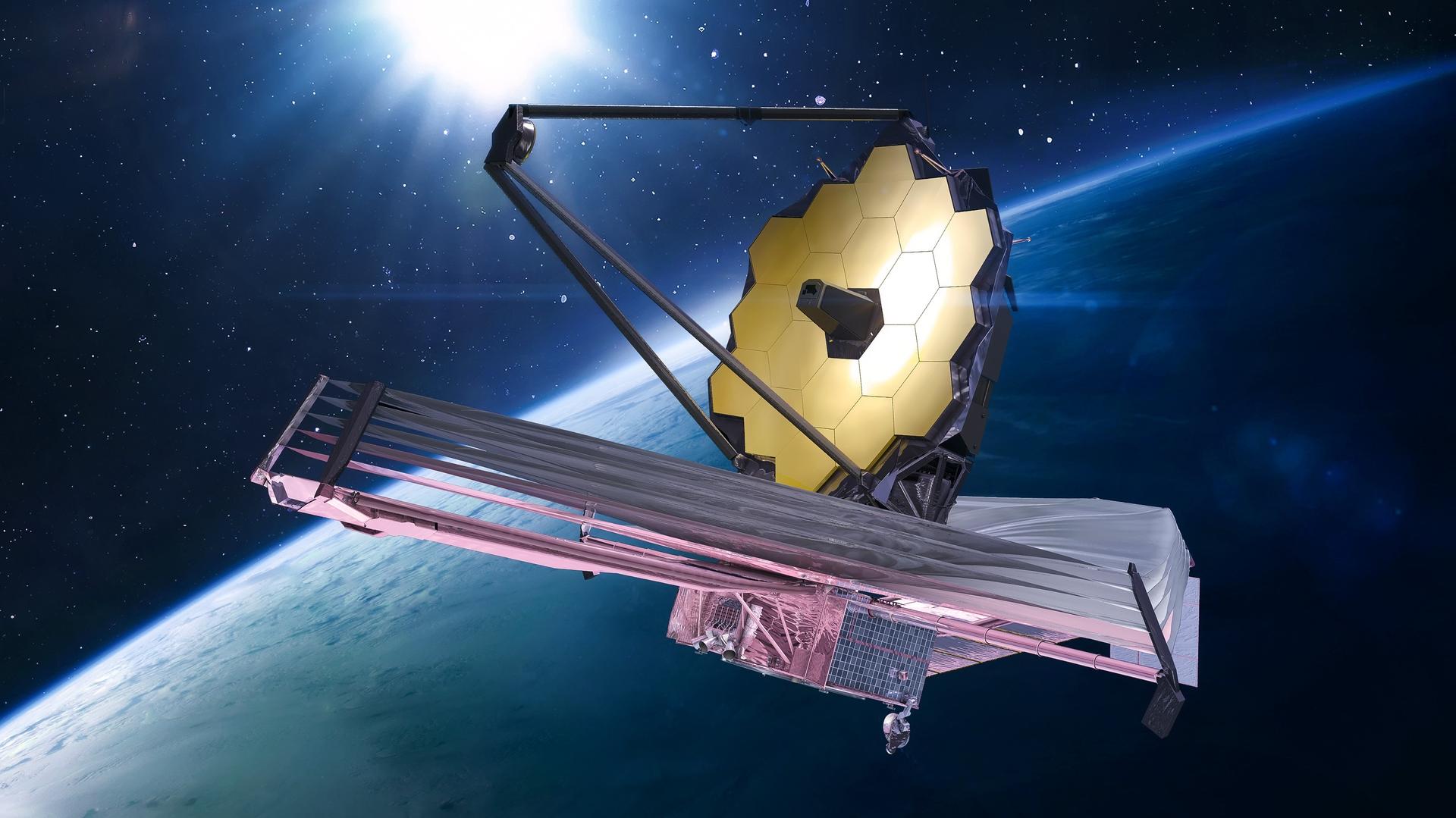
James Webb telescope could have spotted controversial 'dark stars' in the far universe
By Sophie Berdugo published
Using observations from the James Webb Space Telescope, astrophysicists have spotted what they say is compelling evidence of a new type of cosmic object called a 'dark star.'
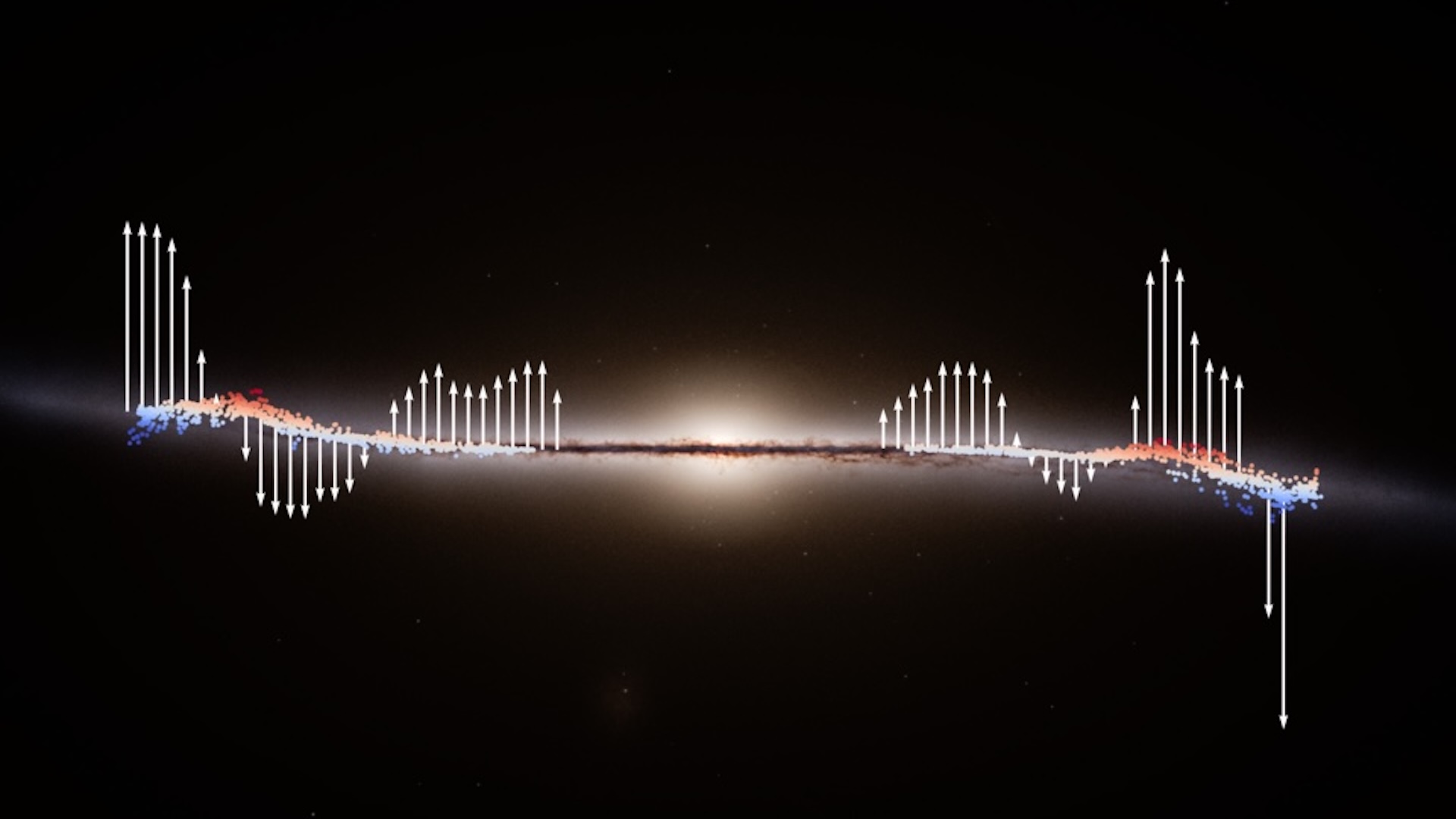
A 'Great Wave' is rippling through our galaxy, pushing thousands of stars out of place
By Elizabeth Howell published
A giant 'wave' is rippling through the Milky Way, pushing thousands of stars across the galaxy, and scientists don't know what triggered it.
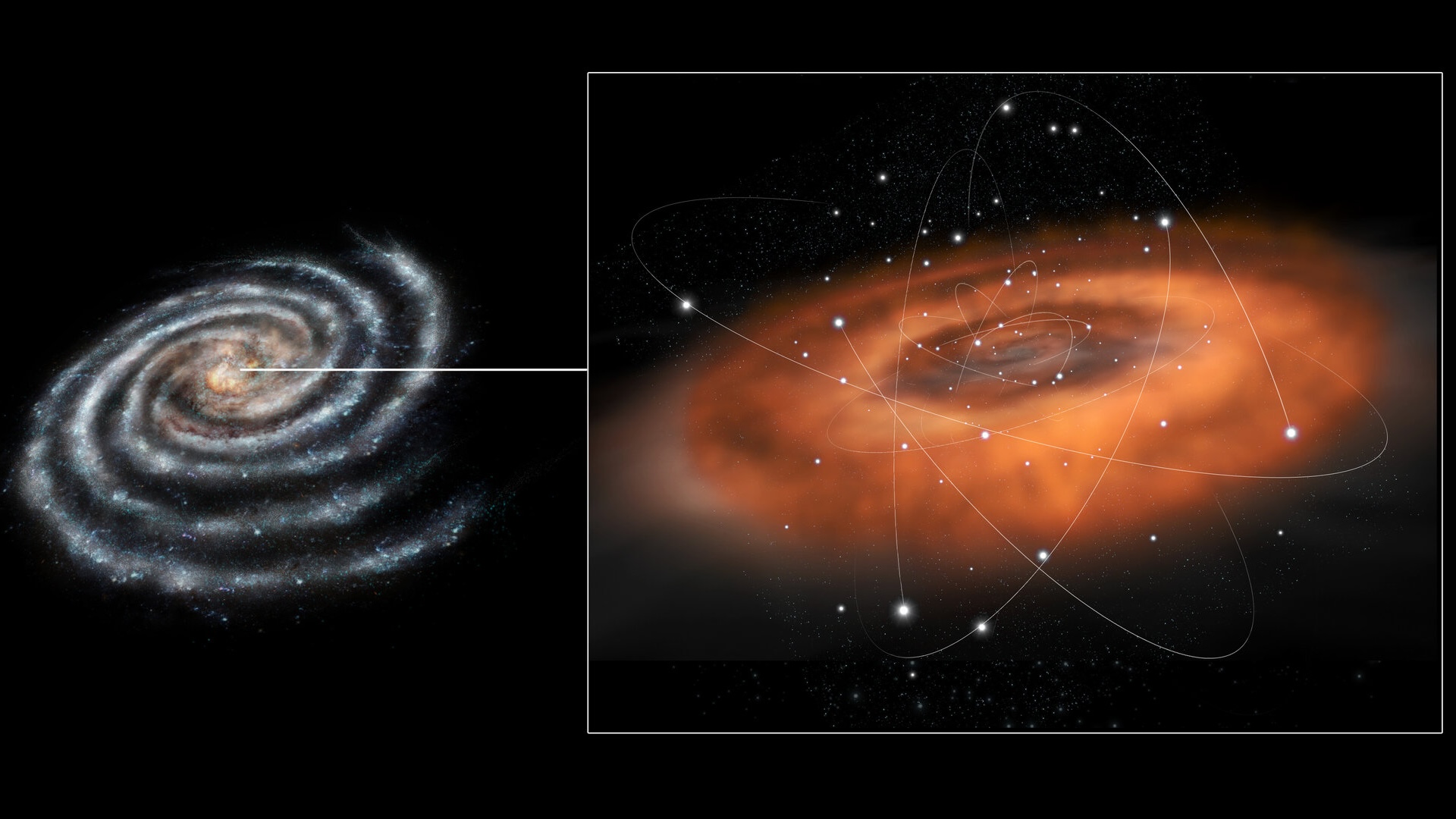
Stars live longer, stranger lives after nearly being swallowed by a black hole
By Anirban Mukhopadhyay published
A new study shows survivor stars can live billions of years longer than normal, carrying chemical fingerprints of their violent encounters with the Milky Way's black hole.
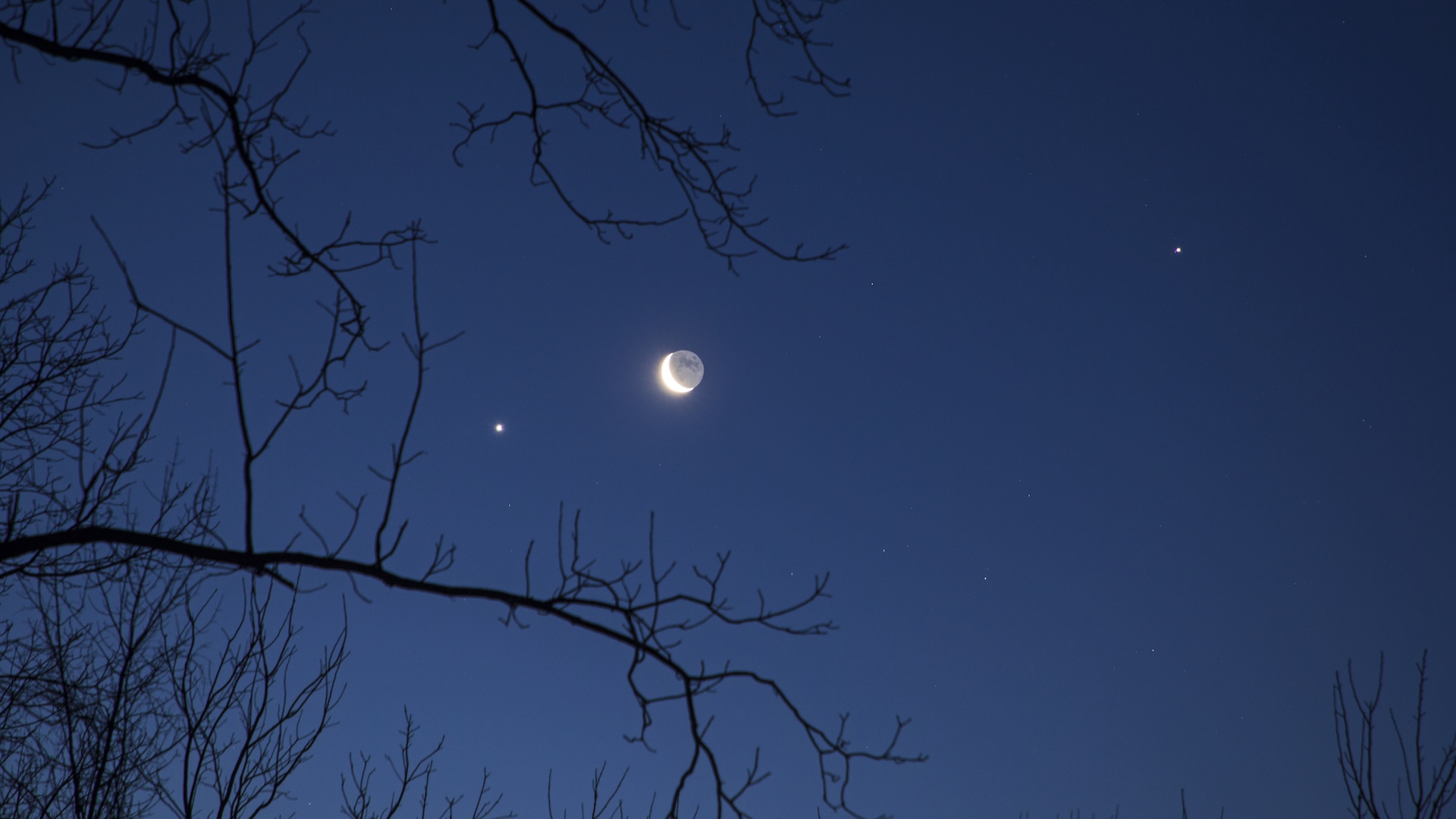
See the moon, Venus and Regulus in a rare triple conjunction tomorrow
By Jamie Carter published
Watch the crescent moon, Venus and the bright star Regulus align in a rare predawn close conjunction tomorrow.
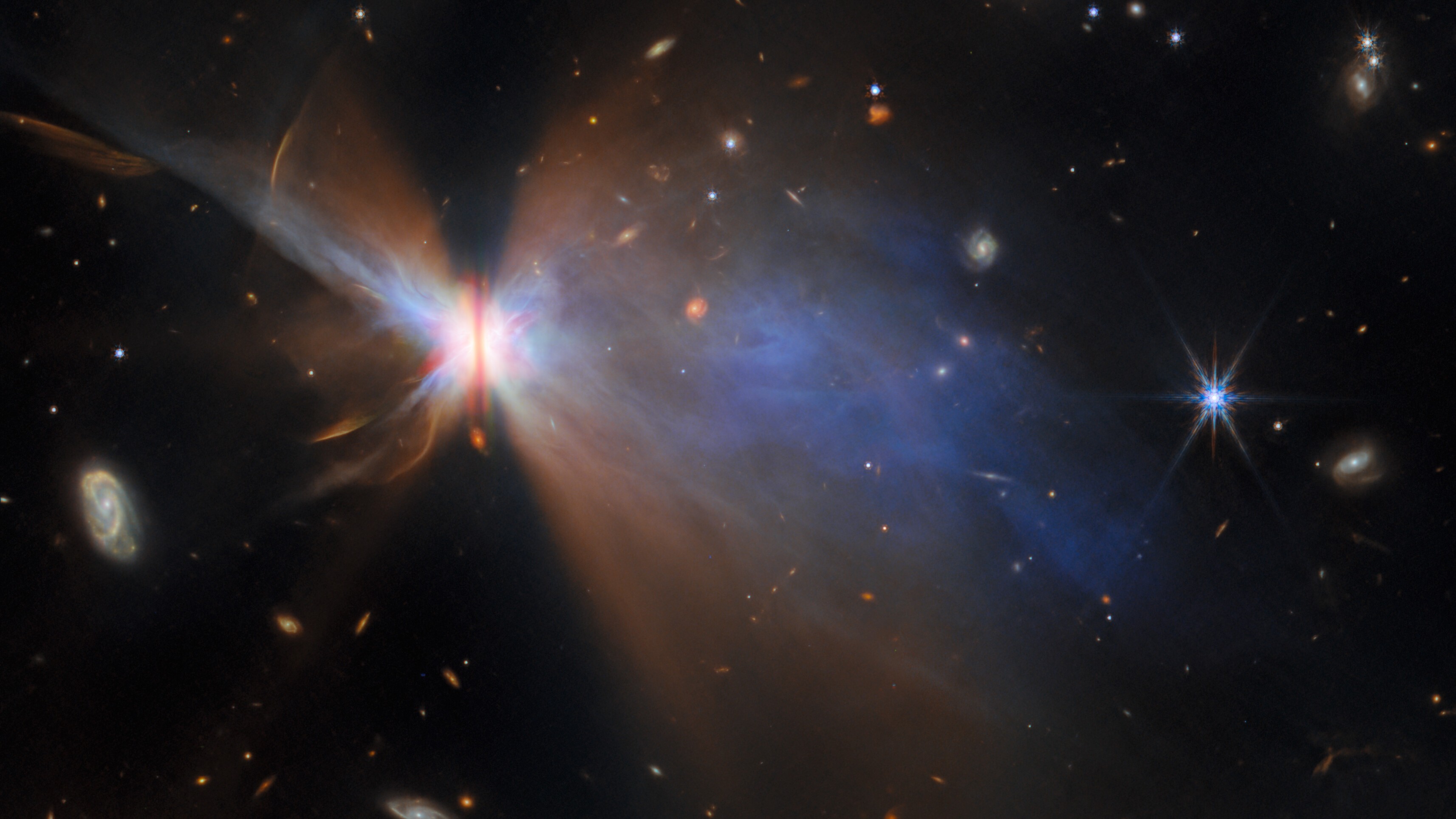
James Webb telescope finds a warped 'Butterfly Star' shedding its chrysalis — Space photo of the week
By Jamie Carter published
The James Webb Space Telescope has snapped a new view of a planet-forming disk within the Taurus star-forming region.
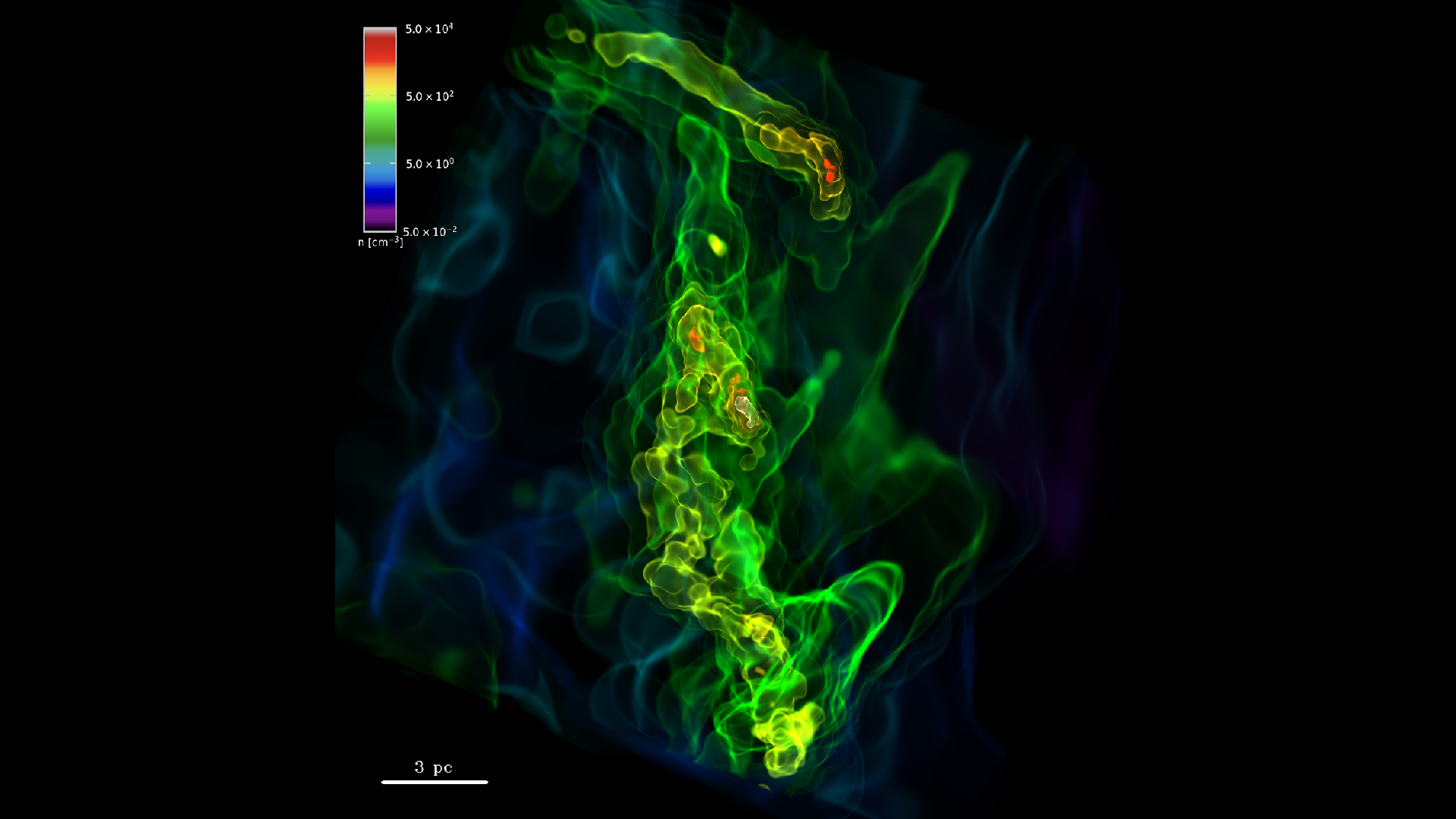
Scientists may finally know why the first stars in the universe left no trace
By Elizabeth Howell published
The very first stars in the universe may have been much smaller than scientists thought — potentially explaining why we can't find evidence of them today.
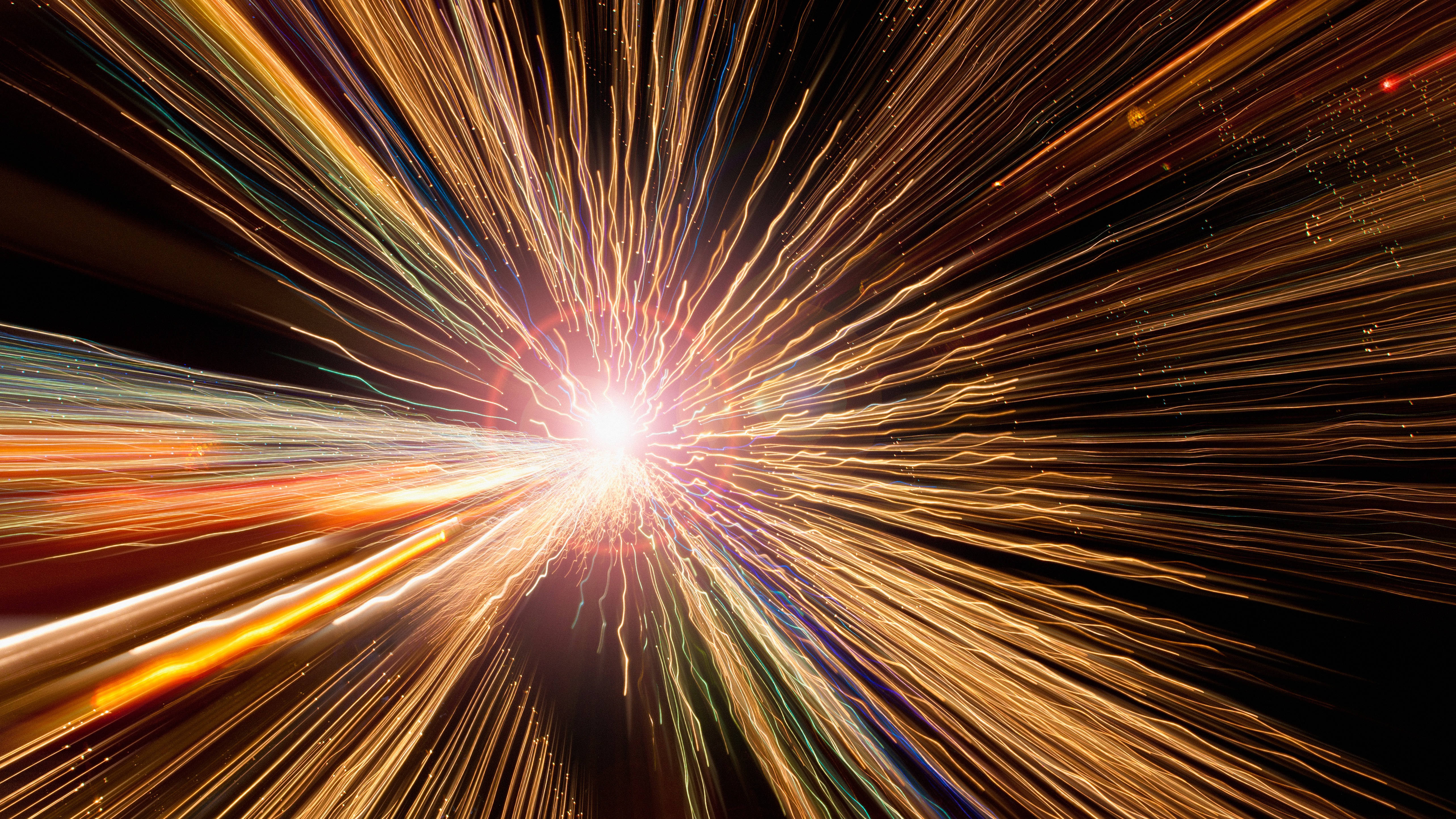
Scientists just recreated the universe's first ever molecules — and the results challenge our understanding of the early cosmos
By Perri Thaler published
In a first, scientists have recreated the formation of the first ever molecules in the universe to learn more about early star formation.
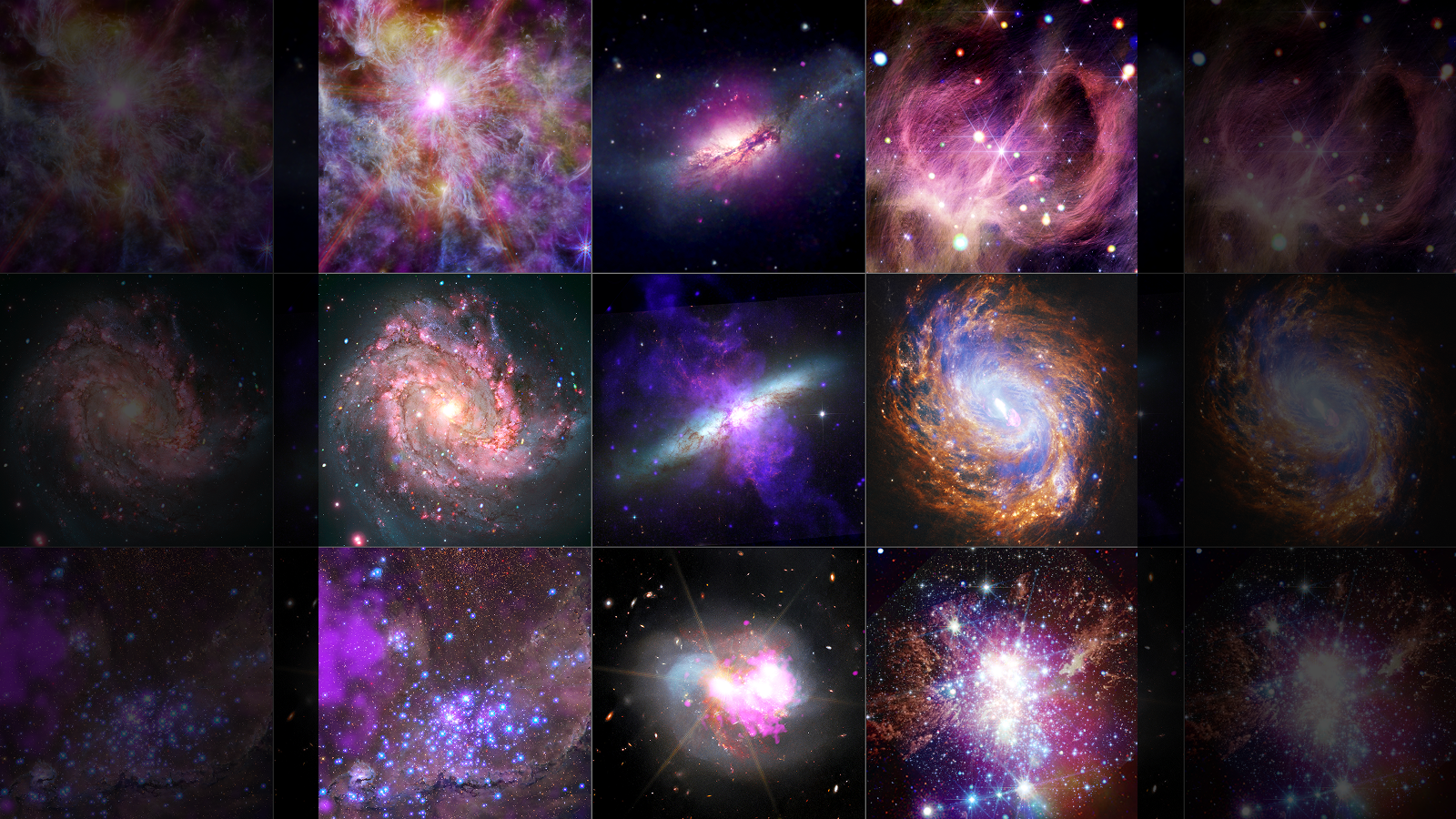
NASA unveils 9 stunning snapshots of the cosmos in X-ray vision: Space photo of the week
By Jamie Carter published
Scientists have released nine dazzling images from NASA's Chandra X-ray Observatory, blending data with the Hubble and James Webb space telescopes to reveal black holes, star clusters and distant galaxies like never before.
Get the world’s most fascinating discoveries delivered straight to your inbox.
